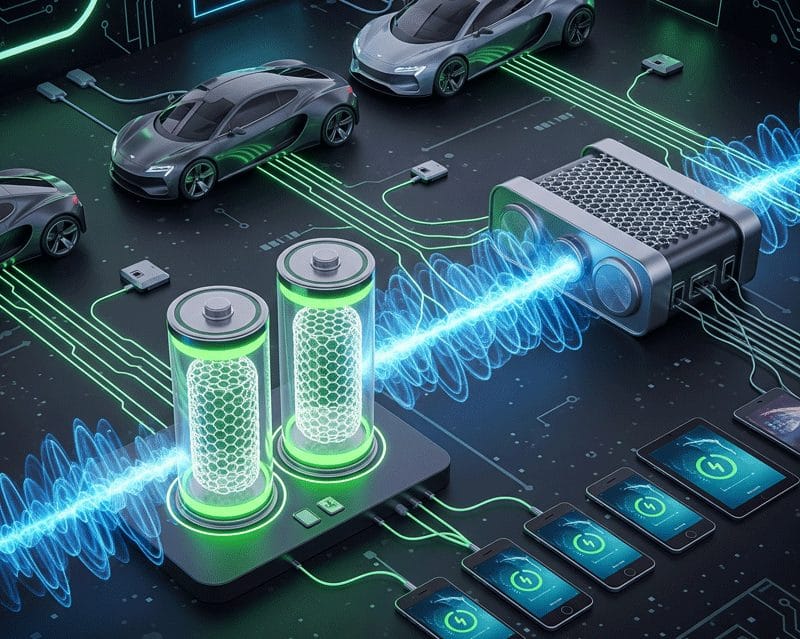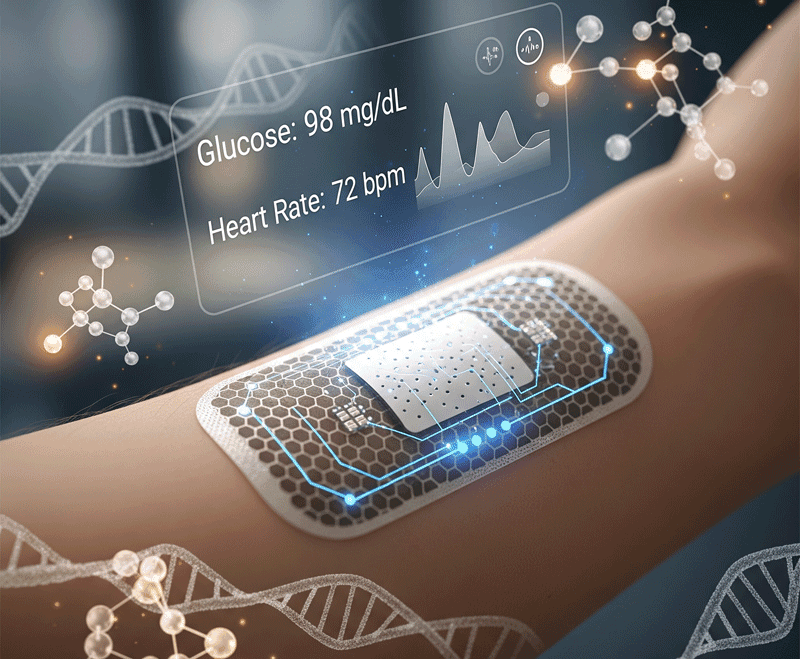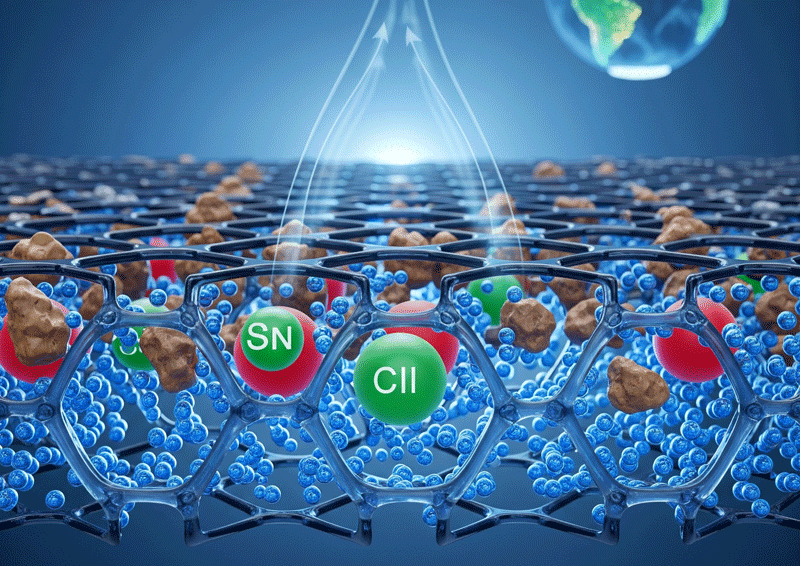What Is Graphene?
Graphene is a single layer of carbon atoms arranged in a hexagonal lattice—just one atom thick. Despite its thinness, it’s incredibly strong, lightweight, flexible, and highly conductive. Discovered in 2004, this “wonder material” has been the focus of intense research due to its groundbreaking potential across multiple industries. From electronics to energy storage, graphene could fundamentally transform the way we build and use technology.
1. Unmatched Strength and Flexibility

This remarkable nanomaterial is around 200 times stronger than steel but incredibly flexible. This unique combination opens the door to new possibilities in creating ultra-thin yet durable materials. Think foldable phones, bendable electronics, or even flexible armor. Its strength-to-weight ratio makes it ideal for aerospace and automotive innovations where performance and efficiency must go hand in hand.
Additionally, its exceptional tensile strength combined with lightweight properties makes it ideal for applications requiring both durability and flexibility, such as aerospace components and wearable electronics.
Graphene is also increasingly used for premium car wash and detailing products. Its durability and hydrophobic nature make it ideal for automotive paint protection. Graphene coatings are now widely used for creating ultra-thin, invisible shields that repel water, resist scratches, and protect against UV damage—often outperforming traditional ceramic coatings. This emerging use in car wash services shows how graphene is finding its way into everyday applications.
2. Next-Gen Electronics
Graphene’s electrical conductivity is far superior to that of traditional materials like copper or silicon. This single-atom-thick carbon sheet allows electrons to move almost without resistance, making it ideal for high-speed transistors, chips, and ultra-fast circuits. This remarkable nanomaterial could lead to computers that are much faster, more efficient, and smaller than what’s currently possible with silicon-based tech. Moreover, the electronics industry is actively researching graphene-based components to push the boundaries of speed and miniaturization.
3. Revolutionizing Energy Storage

This advanced carbon nanomaterial could dramatically improve batteries and supercapacitors. Its high surface area and exceptional electrical conductivity allow for faster charging, greater capacity, and longer battery life. Imagine smartphones that charge in seconds or electric cars that drive twice as far with half the weight—this breakthrough material makes that future feasible. Researchers are focused on scalable production methods to bring these next-generation energy storage solutions to everyday consumers.
4. Lightweight and Transparent Displays
Being both transparent and conductive, graphene is ideal for creating ultra-thin touchscreens and flexible displays. Companies are already experimenting with graphene-based OLEDs that are lighter, brighter, and more energy-efficient than current tech. These screens could soon power next-gen foldable smartphones and smart wearables.
5. Breakthroughs in Biomedical Devices

Graphene’s biocompatibility and exceptional electrical sensitivity make it incredibly useful in advanced medical sensors and innovative drug delivery systems. This nanomaterial can detect minute changes in biological signals, enabling early disease detection, real-time glucose monitoring, and even highly targeted cancer treatments. Its versatility and unique properties position it as a true game-changer in the rapidly evolving field of health technology, where precise, minimally invasive tools are in high demand.
6. Water Filtration and Desalination

Due to its fine molecular structure, graphene oxide membranes can filter out even the smallest particles, including salt ions and other contaminants. This property makes graphene a highly promising solution for affordable desalination and improving access to clean water worldwide. By enabling energy-efficient and low-cost filtration systems, this advanced nanomaterial has the potential to significantly address global water scarcity and support sustainable water management practices.
7. Sustainability and Environmental Impact
Graphene-based solutions often require less material, last longer, and perform better—reducing waste and energy use. Whether in solar panels, energy grids, or eco-friendly construction materials, graphene can enhance green technologies and help combat climate change more effectively.
Final Thoughts
Graphene may still be in the early stages of commercial adoption, but its potential is enormous. As research progresses and production costs decrease, we’re likely to see graphene integrated into everything from smartphones to medical implants. It’s not just a material—it’s a foundation for the next wave of technological evolution.

















